|
Premade settings are alright. Ravenloft is nice, but perhaps constant darkness is a little much. Maybe the Forgotten Realms has too much to keep track of and not enough flex. Waterdeep just doesn’t have the natural world aspect for your group. Well my friend, allow me to introduce you to perhaps the most honoured tradition of every DM: making it all up. 1) Don’t Be Afraid To Rip Someone Off I have before and will again steal. I’m a criminal of the worst variety. I’m a pirate. And I’m in no way ashamed of my piracy. Mostly because it’s not really piracy but I pretend it is to justify my eyepatch and poofy hats. It’s also the reason I use the word “avast.” But, I digress. There’s no shame in taking inspiration from other works of fiction or other people’s games. Absolutely none. (At least not when you’re writing for friends, and not for profit.) Take characters and plots and big bads from all over the place if you want. There’s a lot of beautifully written characters, monsters, and settings out there. My friend Scott used a monster idea from the Netflix Castlevania anime - that being the petrifying cyclops - in one of his games and I didn’t find out about it until well after we played. (Also, I highly recommend that show. I’m not much for anime, but it’s witty, heavy, and brutal in all the right places in my humble opinion.) Even if your players recognize what’s happening, you can account for that and change some things accordingly. Rip everyone off if you want. Call your MacGuffin the Singular Ring. Call your character Luke Windwalker. Call your bad guy Baldimort! No one can stop you! You’re the DM! 2) Don’t Rip Everything Off This seems to run counter to the previous point, you may say. Well, you see, if you make everything the same as the thing you’re ripping off, then you might as well just go and experience the thing. There’s no real point in making your plot the exact same as the plot of Lord of the Rings, because the players will all know what to do. You have to mix things up. You have to make things up, typically on the fly. Which for some people may be very difficult. But don’t despair, my friend! There is a solution. There are hundreds of “what if” ideas out there. What if Gandalf kept the One Ring? What if Alduin never came to return during the Skyrim civil war? What if Anakin didn’t fall to the dark side? Etcetera. I’m sure even you have some. Use them. Or rather use the equivalents. Don’t just rip off NPC names unless you’re making everything up. This brings me to my next point. 3) Need A Name? Combine Two Things “Welcome to Bladeburrow. My name is Baldr Silverhand. This is the Valor Hall inn where we serve our world-famous Black Beer.” Boom. Easy. Made that all up in less than thirty seconds and all I had to do was mash a bunch of words that came to mind in a way that made general sense. The rest is just world-building and that’s where the real fun (or perhaps the real difficulty) comes in. This is perhaps the most time-honored worldbuilding tip for DM’s and GM’s that I am personally aware of. Give it a name and you’d be surprised how easily everything else can fall into place. Sometimes genius strikes after you make a name, and a whole campaign can spring from a single idea. Sometimes you make a name and it falls flat. It’s even a little awkward to keep using in-game so you give the thing a nickname and slowly phase out the original name. No issue. Other times, Fartsberg will never fall into obscurity. No matter how hard you try. Burn it to the ground and the players will just dedicate the rest of the game to rebuilding the damn place. But the important thing is that even the dumbest of made-up-on-the-spot names can make for a memorable and enjoyable gaming experience. These games are often at their best when something stupid happens or is said or in the case of Fartsberg, exists. Don’t be afraid to give something a stupid quality when you’re making everything up. Stupid exists in the real world and that’s something a lot of worldbuilders overlook in my experience. Just think about allergies. Then think about the fact that cats can be allergic to humans. This simple fact is incredibly dumb. 4) Become the Description Master This is a pretty obvious tip that’s easy to account for but hard to master. Learn to describe things masterfully. I find that in order to do this, you have to have a very clear picture of what you’re trying to describe in your mind. The next most important thing is to include stupendous adjectives. “The stone tablet glows slightly” is very different from “The smooth stone tablet glows with an ominous light.” Another thing to consider is color. Color is an often overlooked but critical part of the descriptive process. There are a hundred different articles online to teach you how to be better at describing things during writing, but a tip that I find to be the most valuable is to imagine yourself in front of the thing or in the room, or meeting the person in question and ask yourself what would stand out to you personally when inspecting that. Lastly, always try to stimulate all 5 senses when really getting into the description. You walk into a large decrepit room. As the door opens, the cracked stone bricks around the frame sprinkle rocks onto your shoulders. You look around and an overwhelming feeling of dread fills you as you notice the large pile of slimy bones in the corner. The pale white of the bone is intermingled with the yellow stains of time and rot. A gentle dripping can be heard, but you’re not sure from where; there are no obvious leaks in the ceiling. As a wafting smell of rotting meat suddenly hits you, the realization that there is more to this ruin than meets the eye sets in. What do you do? I hope this supplied a mix of ideas for new worldbuilders and new as well. Have fun with your games and don’t be afraid to mess up. Because you will. Repeatedly. Borderline constantly. Fartsberg taught me that. Jarod Lalonde is a young roleplayer and writer whose passion for both lead him here. He’s often sarcastic and has a +5 to insult. Dungeons and Dragons is his favorite platform. Although he’s not quite sure if it’s Cthulhu whispering to him in the small hours of the night, or just persistent flashbacks to the Far Realm. Picture Reference: https://assetstore.unity.com/packages/3d/environments/fantasy/medieval-world-creation-kit-36555 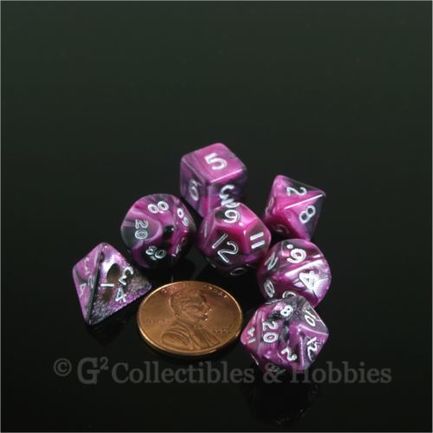 After a certain amount of time involved in our wondrous hobby, many players and GMs will consider the prospect of creating their own game. It’s an enticing notion, to have a game with your name on it and born of your creativity. The best place to start is with a small game of limited scope, dubbed Micro RPGs by the community at large. What follows are four essential aspects of a Micro RPG to help you create your very own. 1) A Unique Take While it’s not necessary that you reinvent the wheel with your small project, you must present your game in an original way. The game might be traditional fantasy, but perhaps all player characters are pixies. Maybe you’ve got a revised or simplified set of mechanics for an existing idea. Perhaps even you’re attempting to parody a well-known game series. Whatever your variant, fill it with your personality. Since you don’t have to create a perfectly balanced system that will appeal to everyone, feel free to make it wholly yours. 2) A Simple Mechanic No Micro RPG should be too complex that it couldn’t be learned in a single sitting. Since most players will only turn to a Micro RPG once every so often (like so many board games), your game mechanics should be easy to grasp even by hobby novices. This doesn’t mean that you shouldn’t address holes in your system, only that not every aspect of life has to be given a stat and a dice roll. Keep your system focused on the reasons why you’re playing. Is it a game about space pirates? Give players a “plunder” skill that covers everything from raiding, to stealing, to leading a boarding party. Is combat a non-issue for your game? Eschew hit points entirely. So long as you keep everything simple, your game will be ready to be played at the drop of a hat (such as when your friends are sitting around thinking of something to do). 3) A Smattering Of Randomness To keep things fresh, I recommend allowing the dice to dictate some of the lesser aspects of the game. You can create a table of outcomes people can roll, or a deck of wacky items that everyone contributes to prior to the game’s start. Part of the enjoyment of any roleplaying game is the drama of the dice roll. Will a player’s attempts to flee from a demon succeed or fail? Will that treasure horde hold something awesome or something hilarious? Whatever path you choose, you should certainly include an element of uncertainty in your game. 4) A Spark Of Life Here follows the most important of the aspects listed. The energy that you bring to the game’s creation will be represented in its display. If you create it using your own creative methods and ideas, it will show at the table and your players will love it all the more. This spark can be anything from a wacky set of props that vary from game to game, the requirement of players to have shifting characteristics as the game progresses, or the spirit of competition (such as in the game Everyone Is John). Let that flicker of ingenuity guide your game and run with it. Sell it with your own enthusiasm, and your players will certainly jump on board. I wholeheartedly believe that every gamer has a game inside them waiting to spill out onto the table. If you’ve had an idea that you’ve been busting to share, this is the best place for it. Let us know what you’re working on or what you want to create! David Horwitz is a gamer and freelance writer with an obsession for exploring new forms of leisure. He’s currently creating a Micro RPG (tentatively) called Fame, wherein players take control of actors and their own characters in an under-budget film. If you’re looking for an inquisitive mind and a deft hand, or just want to chat about gaming, contact him at www.davidhorwitzwrites.com/contact Picture reference: http://www.ebay.com/cln/xiagen/mini-dice/135436579016 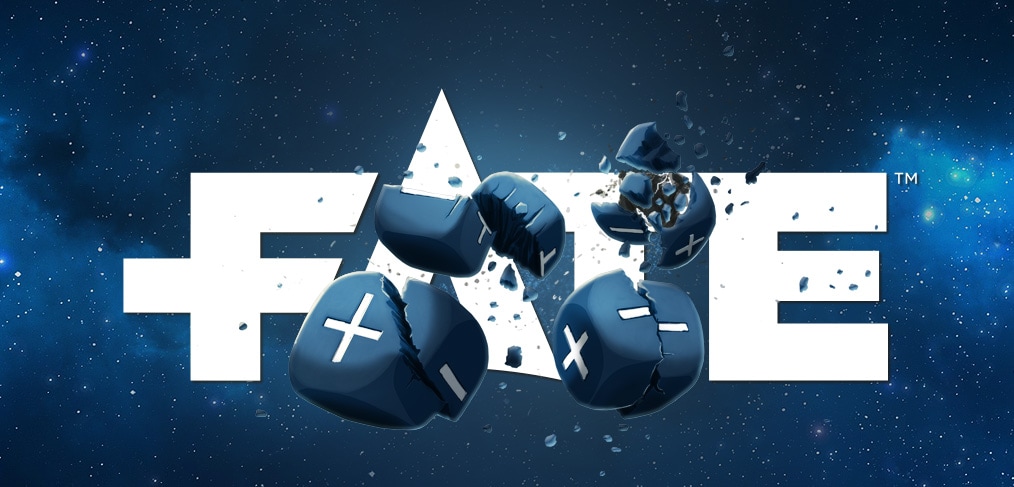 I am a huge fan of the Fate Core roleplaying system. I came at the game from a theoretical perspective; I was looking for a game that fit a list of criteria for what I liked in a role-playing game, and it seemed to fit. Now, the group I play with is just wrapping up a year-long campaign (with myself as the gamemaster) base on Ed Turner’s ‘Aether Sea’ setting, and I found that the system really does deliver on its promise. The mechanics are light enough that you can play a whole session without opening a book, but substantial enough to put meat on the bones of the game world. There is also a ton of content developed for the system: worlds, extras, and characters, much of it free for the taking. In this article, I want to share and review a few of the tools that I found useful when playing Fate. I take no credit for the things I didn’t make - just linking to information that I found already available on the interwebs. I hope you enjoy! 1) Fate SRD The System Reference Document of any role-playing game system is a must-have for gamemasters. For the uninitiated, it is usually the text of the core rulebook uploaded to the internet in a searchable, hyperlinked form. Super useful. Amazing Rando Design has done this for the Fate Core and Fate Accelerated Edition rulebooks, as well as some additional material. 2) Fantasy Creatures Site Inkwell Ideas, Inc. has developed a website resource for the Fate Core system. It features a long list of fantasy creatures, many of which will seem familiar to long-time role-players: roper, kobold, tarrasque, etc. (it’s missing the Beholder, though. I was disappointed! Trademark issue, maybe?). The list has everything you could want in order to play a Dungeons and Dragons or Pathfinder-style campaign. One weakness: the creatures are all designed to be Main NPCs or powerful supporting NPCs, so don’t set your group up against a full raiding party of orcs from this list. That being said, it’s quite a simple matter to have one to four big baddies surrounded by a horde of nameless NPCs. Fantastic (+6) resource! 3) Character Generator Reddit is a vast, desolate landscape you shouldn’t even try to enter without a cleric who can prepare ‘Create Water’ daily; but out there you will often find gems. On a FATErpg forum, green_circles randomly (and quite generously) uploaded a spreadsheet random character generator, for which I am eternally grateful. Enter something in an empty cell on the sheet and press enter, and the sheet randomly generates all the aspects and skills for a random main or supporting NPC, as well as a list of situation aspects for everything from guards to terrain, and physical, mental, and social advantages. I never used the characters as they were randomly generated, but it was a great brainstorming tool, and all of my important NPCs had at least a couple of aspects generated by this spreadsheet. 4) Opposition Sheet This one is a Landru original. One thing I had trouble with as a gamemaster is the amount of player agency that Fate offers. Not only can players go a completely different way than you expected, (every gamemaster’s plans work until the players show up) players also have the agency to solve problems in multiple different ways, using a variety of skill in non-linear ways to create advantages and circumvent created encounters. Eventually, I more or less gave up planning. I created a ‘difficulty level’ spreadsheet to help me to improvise. This meant that no matter what direction the players took the narrative, I knew more or less the difficulty I should pit them against to create the appropriate dramatic tension. I incorporated the core rulebook’s guidelines for passive and active opposition; the scale on the right hand side corresponds to the scale used on the Fantasy Creatures site; and on the left I included some situations where each level would be appropriate. The file is uploaded below. You’re welcome! 5) Snarf World This is the bonus track for people who have kept reading up to this point. One of the wonderful and hilarious accidental products of our game was the creation of snarfs. Snarfs are an alien species of indeterminate anatomy that the sentient races have begun to use for entertainment. They are raced against each other, with bets being placed on who will win, who will lose, who will place, who will eat their jockey, and whether or not the race will even finish. It is a fun side-quest that can turn into the entire focus of a game if you let it. At the bottom of this article, I have included a text file of the rules for running your very own snarf race. The point of this is to create an absurd fictional narrative in the style of a race sportscast. Have fun! There were several other resources that I created and/or modified for use in the Aether Sea setting (now also linked so you can grab a copy from DriveThru RPG), and I plan to share those in an upcoming article. I hope these resources help you to take your game to the next level! Landrew is a full-time educator, part-time art enthusiast. He applies his background in literature and fine arts to his favourite hobby (role-playing games) because the market for a background in the Fine Arts is very limited. He writes this blog on company time under a pseudonym. Long live the Corporation!
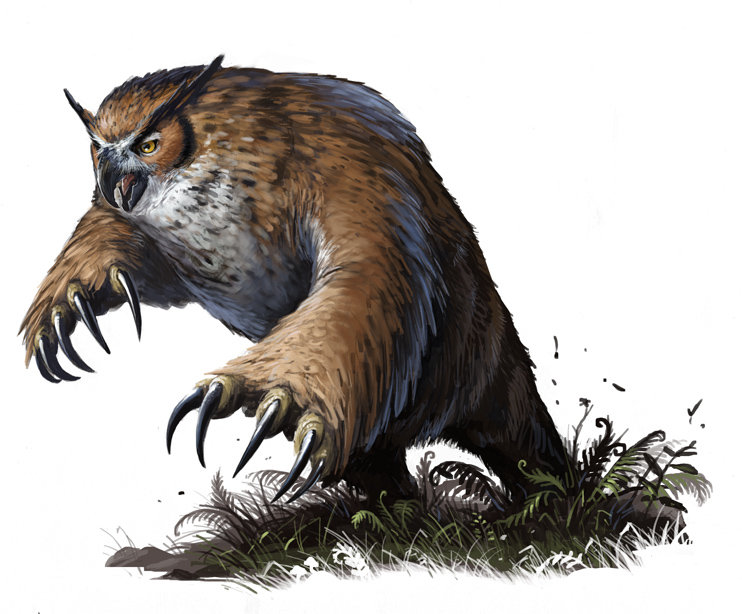 Nothing helps create flourish in a homebrew campaign setting like unique experiences. Everyone in my group is familiar with my campaign settings. When I throw them "Warpling" demons and Shadow Sorcerers, they are reminded who's universe they are in. Those creatures are to my campaign what the Uruk-Hai are to Lord of the Rings, White Walkers are to Game of Thrones, or what Dementors are to Harry Potter. It's that extra bit of flavour that instantly reminds your players where they are adventuring. Sometimes this can be as simple as reskinning a monster. Many game masters find it fun to create a new monster from scratch (whether it's a completely new monster, or even a modification to an existing monster). Maybe you want to revamp your Orc faction by creating an Orc who wields two maces, called an Orc Juggernaut. Or maybe you want to create a whole new monster to assist your kobold dungeon defenders by creating a hydrake (a drake with five heads). It may also be useful to note that customising (or even re-skinning monsters) can help with both conscious and subconscious metagaming. It's always handy to keep the players on their toes. Even if they are not trying to metagame, somewhere in the back of their minds they'll have preconceived ideas about how to position/attack certain types of monsters like Grells or Mind Flayers. But if you put in little twists or custom monsters, you could even catch them off guard! I have a few tips to help you when you are creating some dangerous monsters. I hope these will help you on your way to adding many memorable moments to your homebrew campaign, or even a surprise twist as part of a published adventure! 1. Who Are The Monsters With? Think about where your monster fits into the world. Think about what faction they will be with. Would they be raiding alongside demons, or guarding an undead tomb? Think about what kind of monster they are. Think about who they would be working with. You can look at the factions that are in your campaign and the monsters and build them together logically. I like to do lists, per faction, of the different monsters that are in that faction. So my undead faction, The Legion, has skeletons, zombies, ghouls and vampires. I’d list all these enemies, for all my factions. This allows me to look at each list and see which faction needs some more units in its arsenal. Let’s say my demon faction only has three monsters on its list - it’s a bit empty, so I would think about another demon-themed monster or demon ally. An ice golem wouldn't hang around a group of fire demons in a volcano; they'd melt! Similarly a monster working alongside Medusa would either be blind or have something that makes them immune to petrification. So make sure that you use this line of thinking when considering adding monsters to a faction. By adding with theme in mind, you can further immerse your players. 2. Where Does The Monster Fit in Their Faction Hierarchy? Think about why the monster is part of the faction. What role do they fill? If an Orc tribe uses dire wolves and giant bats for reconnaissance, tracking, flanking, and otherwise quick-reacting support, then they probably wouldn't also use Displacer Beasts, giant spiders, and Stirges too, as they perform the same roles. When creating a new monster, make sure that it has a reason for existing. It has to bring something to the table, the goblins don't train wolves for fun, they train them to use as fast, mobile units. Ensure that your custom monster which serves as a bodyguard for a dragon, doesn't step on its master's toes by solely using a breath weapon and claw/bite attack. Look at the list of monsters in that faction. What is it lacking? A powerful goblin clan might lack big tanky enemies - in which case you could throw in bugbears, trolls, etc. Or maybe if they are industrial goblins, they could create automatons as custom monsters that fulfill the same role! 3. What Makes Your Monster Cool? What makes your monster memorable? Giving an Orc two maces instead of an axe isn't enough. They need something on top of it. Give them cool abilities, unique traits, something that the PCs will remember, both during and after subsequent sessions. ("Oh crap, not the crazed blue-orcs with the double maces!" your PCs might say.) Maybe the orcs with blue blood are far more brutish and barbarian-like than their green-skinned brethren. It's very easy to portray this with a few little unique traits. "Whenever the blueskin scores a critical hit with a weapon attack, the PC must pass a strength save or be stunned." Then "every time the blueskin takes an instance of damage, increase his own weapon damage rolls by +1." You could even provide him an ability from the Barbarian class to make them more memorable. You can really go to town with giving creatures abilities or traits to really define them, and make them cool and memorable. Maybe pyro goblins are infused with the power of a fire elemental, giving them fire resistance, and a 1/day use of a fire breath attack (which uses a level 1 burning hands spell effect). Perhaps the Orc chieftain can use his reaction to attack a PC that hits him in melee. Don't be afraid of adding things that give monsters a unique or cool factor to them. 4. Is Your Monster Fun to Fight? Some monsters are cool, yes, but are they fun for the PCs to fight? Think about ways to change that. Ensure that you are aware of abilities and traits that take away player agency and abilities, and make sure that you use these in moderation. Having an enemy wizard with shield and counterspell isn't too bad as an infrequent boss, but having 4 straight encounters with counterspell-wielding enemies will frustrate your spellcasters immensely. Another thing to look at when deciding whether something is fun to fight is the amount of time a combat with this monster would take. For example, a monster that forces saving throws constantly will slow down the game. Too much of this can make encounters less fun. Be careful with monsters that can force multiple saves, have multiple complex legendary actions, or other abilities that can slow down the game too much. When making monsters, put yourself in a PC's pair of shoes. Is this monster fun to fight? If it's too boring, too disruptive (disruption is fine in moderation), or too controlling, or too time demanding, then you should take note of this and make adjustments accordingly. These adjustments can either be made to nerf or rework some of the abilities, or you can simply use these monsters more infrequently, or in specially designed encounters to balance out the encounter a little. 5. Expect the Need For Modifications Nobody can expect every custom monster they create to be perfect from the moment they hit the battle grid (or the mind theatre, depending on how you play your D&D). Expect that your monster may be more or less powerful than they look on paper. Ensure that you make adjustments either after the encounter or during, to nerf or buff as needed. Perhaps their abilities aren't working the way you wanted, in which case you may need to rework them for future battles. Or you can just drop it completely and modify it for use in the next campaign in a few months/years time for a good re-release of the monster. Either way, never feel disappointed if a monster isn't quite as powerful as what you wanted, or if it is too powerful when you first release it on your PCs. Fine tuning is a very common thing here. While experience definitely helps, the bottom line is having the stats on paper is only the start. You will need to see it in action before you can really judge how it goes. I hope that this guide is useful in giving you tips that help you start, or improve, your custom monster creations. The only true way to improve is practice, but sometimes all you need is a little bit of motivation and inspiration to start creating some little critters. Peter is an avid dungeon master, role-player, and story teller. When he's not running homebrew campaigns, he is creating new worlds, or he is reading and writing fantasy stories, forever immersing himself in the gaping black-hole known as the fantasy genre. |
All blog materials created and developed by the staff here at High Level Games Archives
April 2023
Categories
All
|
||||||||||||
Proudly powered by Weebly
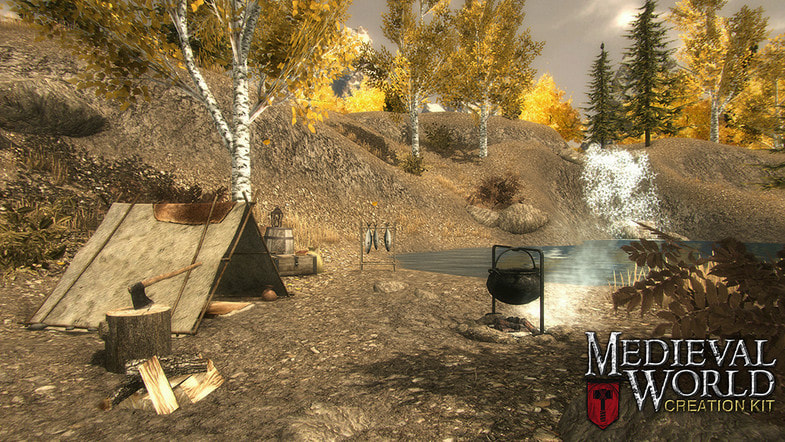
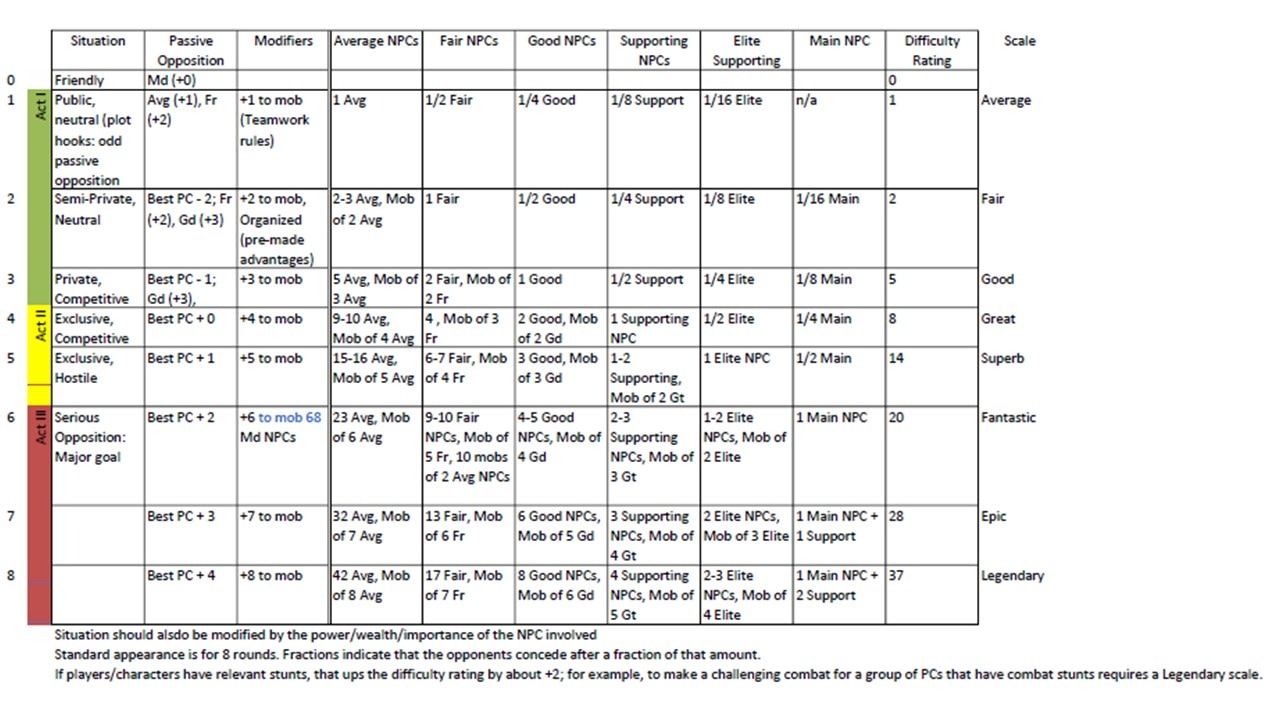
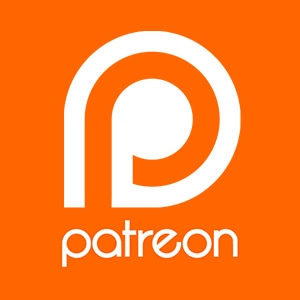
 RSS Feed
RSS Feed